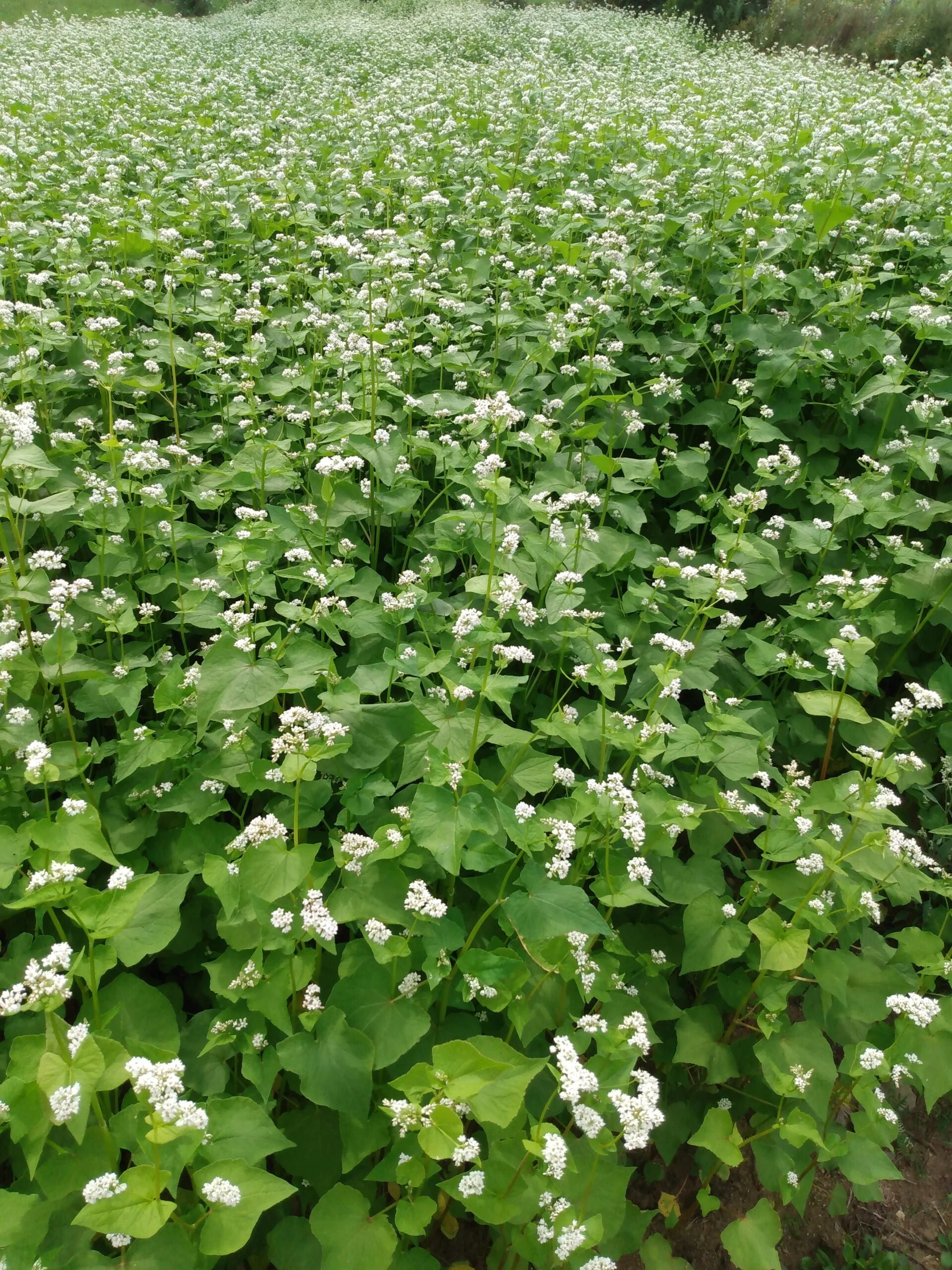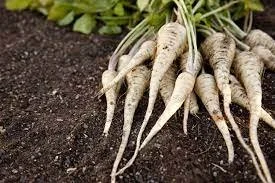Cover Crop
What Are Cover Crops?
Cover crops are a sustainable, natural, and affordable way to rehabilitate garden soil and improve yields.
By replacing grass with cover crops, you can create a beautiful landscape that requires less maintenance and helps to support local ecosystems.
Frequently, diverse seed varieties are blended to form distinctive cover crop mixes. The goal is to leverage a range of benefits, allowing them to complement each other. Our mix of cover crop seeds has been carefully selected to offer various benefits. The seeds included are the following:
Blended Cover Crop Seeds
The Benefits of Using Cover Crops
Throughout history, the cultivation of cover crops has remained relatively unchanged in traditional agriculture practices. While fertilizers have dominated the scene in recent times, cover crops are staging a comeback. They're witnessing firsthand how the cultivation of cover crops not only nurtures soil health and promotes organic farming but also reduces reliance on pesticides.
Sequesters Nutrients and Holds Them In The Soil
By slowing erosion and runoff, cover crops reduce pollution caused by sediments, nutrients, and agricultural chemicals. By taking up excess soil nitrogen, cover crops prevent nitrogen leaching to groundwater. Cover crops also provide habitat for wildlife.
Prevent Soil Erosion
Fast-growing cover crops act as natural defenders, preventing soil erosion from wind and rain. They reduce surface crusting and shield against raindrop impact. Consistent use improves water infiltration, minimizes runoff, and preserves valuable soil.
Conserve Soil Moisture
Residue from killed cover crops increases water infiltration and reduces evaporation, resulting in less moisture stress during drought. Lightly incorporated cover crops serve dual roles. They trap surface water and add organic matter to increase infiltration into the root.
Help Safeguard Personal Health
Reducing chemicals not only promotes a healthier environment for your garden but also addresses community health and ecological concerns. It's a practical step towards a healthier and more sustainable community.
If you want to dig deeper into cover crops, check out Building Soil Fertility and Tilth with Cover Crops which details the biological and chemical processes of how cover crops improve soil health and nutrient cycling.











